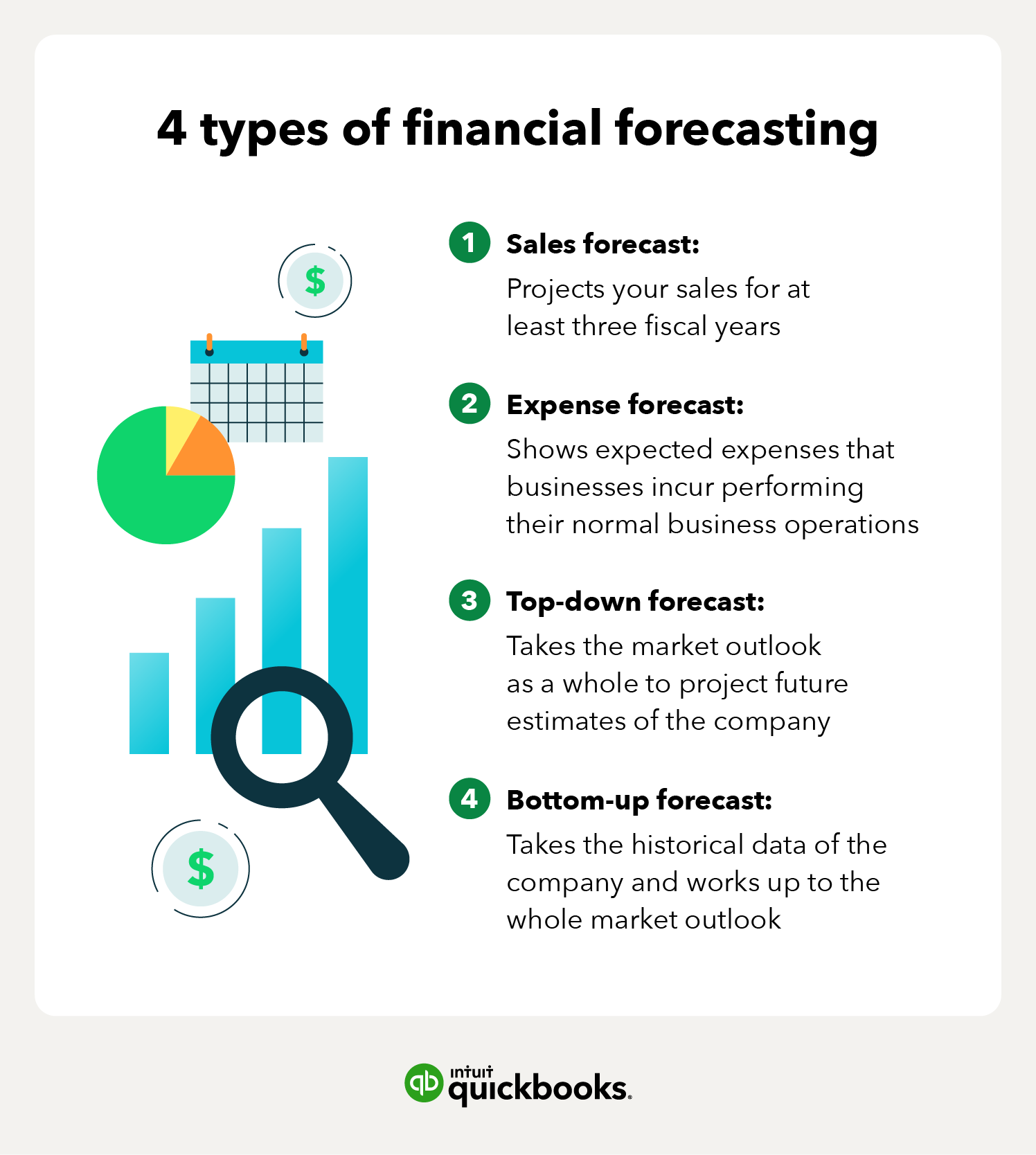What financial statements are included?
Financial projections include three financial statements that are fundamental to achieving better financial performance for your business:
1. Income statement
Otherwise known as a profit & loss statement. This focuses on the company’s revenues and expenses, generated during a particular time period. The four key items included in the income statement are revenue, expenses, gains, and losses. Adding these four gives you the net income, which is a measure for profitability.
In the first year of business, you’ll want to create a monthly income statement. For the second year, quarterly statements will suffice. In the following years, you’ll just need an annual income statement.
2. Cash flow statement
The cash flow statement helps you understand how a company’s operations are running. It goes into more detail on how much money will flow into and out of your business in the form of income and expenses.
Three key components of a cash flow statement include cash flows from operating, investing, and financing your business activities.
- Operating activities: Cash flows from operating activities reports cash inflows and outflows from day-to-day business operations. It includes any changes made in cash, accounts receivable, depreciation, inventory, and accounts payable.
- Investing activities: Cash flows from investing activities are usedis used for a company’s investments into the long-term future. Investing activities include cash inflows for sales of assets, and cash outflows for any purchases of fixed assets, such as property and equipment.
- Financing activities: Financing activities show a business’s sources of cash from either investors or banks, as well as expenditures of cash paid to shareholders. At the end of each period (e.g. monthly, quarterly, or annually), you’ll total it up to show either a profit or loss.
The income statement and cash flow statement are both connected by net income. The statement of cash flows requires a reconciliation of net income and cash flow from operations. Net income, or profitability, is calculated in the income statement, which is used to begin the cash flow from operations category in a cash flow statement.
3. Balance Sheet
The balance sheet shows a general overview of your business’s financial health and includes assets, liabilities, and owners’ equity in a specific period of time (usually at the end of the fiscal year). Here’s a brief overview of each component:
- Assets: An asset is a resource with economic value that a business owns and believes will provide a future benefit. Examples of a future benefit include generating cash flow, reducing expenses, or enhancing sales. Assets usually include cash, inventory, and property.
- Liabilities: In general, liabilities are obligations to someone else. Most commonly, they are debts that arise during business operations. It normally includes accounts payable and loans. Liabilities can either be short-term (within 12 months) or long-term (longer than 12 months).
- Owners’ equity: After paying all liabilities, any amount left over is placed in this section. It’s usually classified as retained earnings, which is the sum of all net income earned minus all dividends paid since inception.
Balance sheets reflect the assets, liabilities, and owner’s equity. The total dollar amount of assets must equal the total dollar amount of liabilities plus equity. Therefore, the formula for a balance sheet is assets equals liabilities plus owners’ equity (Assets = Liabilities + Owners’ Equity). Typically you will create an annual balance sheet for your financial projections.
Projecting three years into the future should enable you to forecast the break-even point, which is the point at which your business stops operating at a loss and begins to turn a profit. Most startups break even in about 18 months, although that threshold will vary based on your business model and industry.
Along with your financial statements and break-even analysis, include any other documents that help explain the assumptions behind your financial and cash flow projections.






